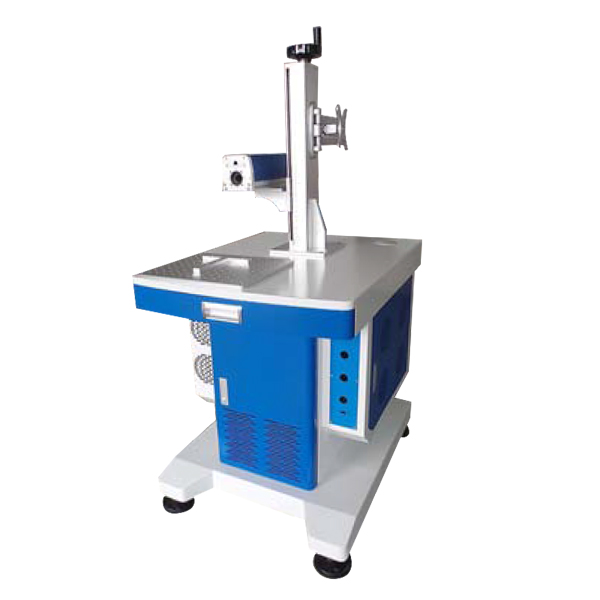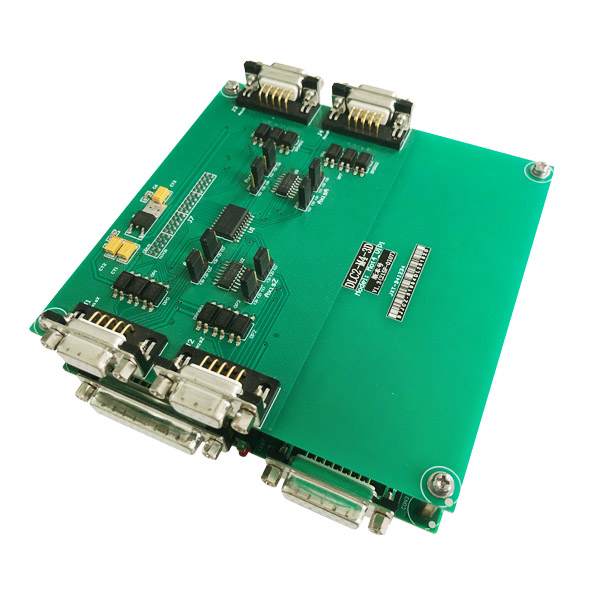Increasing laser processing output is a common goal for many manufacturing and fabricating shops. Although there’s no guaranteed method for getting good results in all cases, numerous practical suggestions are likely to improve outcomes and productivity metrics. Here are some actionable ideas to consider.
A good way to start is by identifying specific goals to raise a shop’s laser processing output. Besides figuring out what production or performance goals to achieve, you also should examine what obstacles stand in the way of those desirable outcomes. Some improvements may require financial investments in new equipment or an agreement within the company to change particular processes. Laser Controller Software

A New York-based business called Custom Laser was interested in raising cutting speeds and reducing gas consumption with its assortment of 12 laser-cutting systems. Custom Laser purchased a nitrogen-assist gas nozzle to help. Using it with laser cutters on sheet metal brought a significant throughput increase with reduced gas consumption.
Cameron Lambert, a laser technician working at Custom Laser, explained some of the benefits of the nozzle: “The technology is much faster and has better control of pierces in comparison to oxygen in carbon steel. It allows much faster cutting of thicker carbon and stainless steel – in some cases, 100+ IPM [inches per minute] faster.”
The business has also reduced its costs with a bi-flow nozzle. It channels the assist gas directly into the kerf, reducing the amount lost during the cutting process. Custom Laser managers said that these improvements increased their competitive advantage by helping save money, minimize processing time, and keep quality levels high.
Figuring out how a company needs to enhance production is the first step. From there, decision-makers can determine which steps to take to get the desired outcomes.
The laser cutting sector is progressively getting more advanced. Lasers use less energy than before, and fiber-optic types are replacing the CO2-based ones. Improvements also come about through automation and artificial intelligence. Adopting those capabilities could maintain high-quality results, even if labor shortages become problematic.
Statistics suggest there will be 2 to 3 million unfilled manufacturing jobs by 2030. When automation complements human input during laser cutting jobs, shops can keep production levels high.
In one instance, an operator had to manually load three types of hot-formed parts into a fixture for laser cutting. After the cutting stage finished, that operator did a visual inspection to verify cut completeness. However, this process was ergonomically unfriendly and time-consuming. Decision-makers pursued automation to help, using robots to lift and check the laser-cut parts brought an 8% increase in overall equipment effectiveness (OEE.)
Applying artificial intelligence to laser cutting is still not common. However, some recent projects show the potential. Massachusetts Institute of Technology researchers used machine learning to create a laser cutter that can differentiate between 30 types of materials while improving the overall results from using the machine. It can suggest subtle cutting adjustments, give material-specific tips, and reduce waste.
Some companies already offer laser-cutting products with artificial intelligence features to their customers. One example is a product that automatically adjusts the feed rate and can make cutting adjustments within milliseconds. People thinking about bringing automation or artificial intelligence into laser processing should remember that adjusting processes for new technologies takes time. However, the results are often more than worthwhile.
People don’t usually immediately see the connection between a shop layout and higher laser engraving output. However, doing that could cause meaningful improvements. For starters, it could reduce unnecessary movement.
Looking at shop workflows and whether there are any bottlenecks can help to identify where to begin for the best results. The idea is to cut the time any parts spend in transit or waiting for further processing.
Investigate ways to keep incoming material stored closest to the nearest laser. Then, put any secondary processing stations as close as possible to the laser output. Adjusting the layout like that should promote smoother workflows, which in turn will boost production.
It’s also useful to get direct feedback from the shop’s workers. Asking them which laser production processes take too long or cause them the most frustrations could provide some eye-opening ideas about how to improve.
People involved in laser processing who want to raise production levels also should scrutinize all their processes. Maintenance is a good area to examine first. Laser cutters need daily inspections for proper performance. There are specific steps to take every six months too, or after 2,000 hours of use. Creating and adhering to a recommended maintenance schedule can increase production levels by making machines perform as expected and not experience prolonged downtime.
Developing solid processes is also useful, such as ensuring people clean a laser-engraving machine after use. Process changes also can reduce the associated smoke and residue on a workpiece.
Improving methods of interacting with customers is another useful, sometimes overlooked, strategy that can avoid miscommunication about a shop’s capabilities. One company, ipLaser, offers cloud-based software for laser processing quotations. It automatically processes the 3D engineering and production graphics customers provide. Then, a laser shop’s representatives are in a good position to gauge the extent of the work.
Ivan Cooper, ipLaser’s managing director, explained this tool creates new business opportunities. “It does this by enabling laser cutting businesses to respond to customers’ needs more quickly and to reach many more prospective customers than previously in a given time,” he said. “So, the new process, which we believe is unique in the global market, goes far beyond saving time and costs, to fundamentally change and improve the way a business built around laser cutting can grow.”
These suggestions show how people have many options for improving shop output. Their methods might involve changing certain laser cutting processes or investigating how to automate specific steps of laser processing. The main thing to keep in mind is that any optimization efforts should not occur with excessive haste.
Taking time to decide which strategies to try, then measuring whether they have the expected effects, will help to ensure that any changes are as productive as possible.

Laser Engraver Control Software Emily Newton is the Editor-in-Chief of Revolutionized, an online magazine exploring the latest industrial innovations.